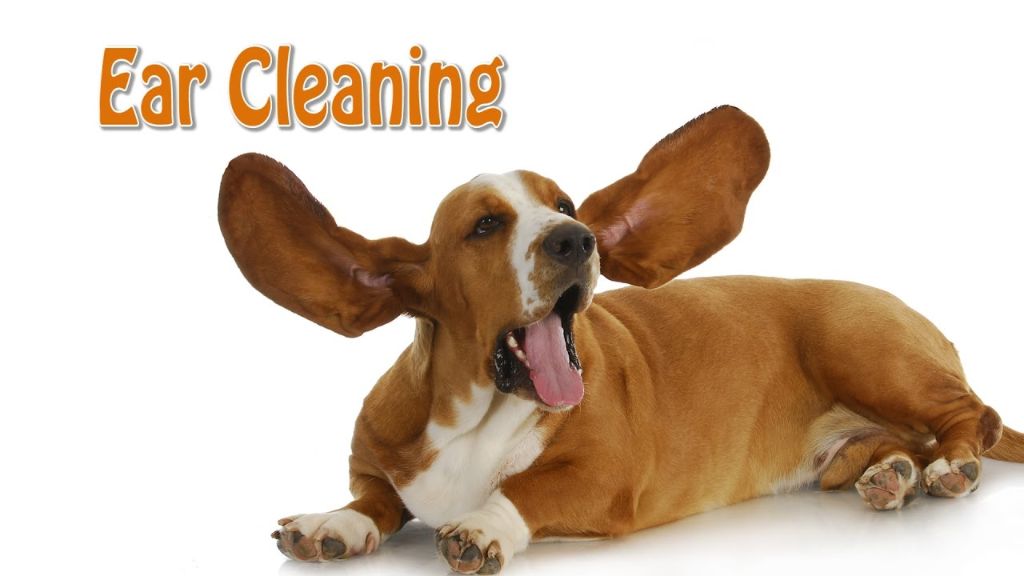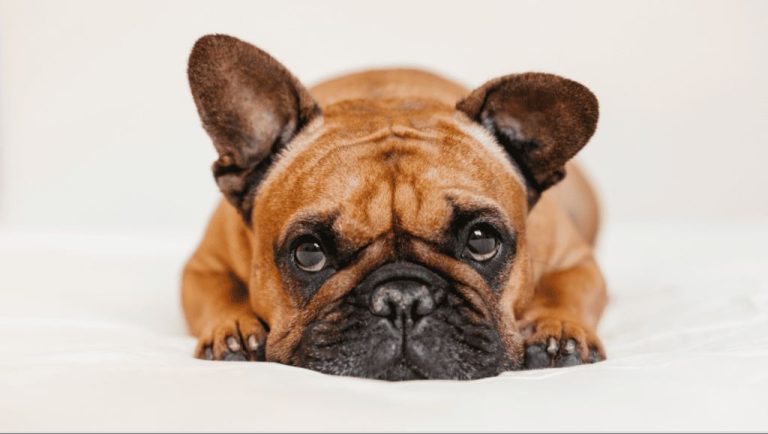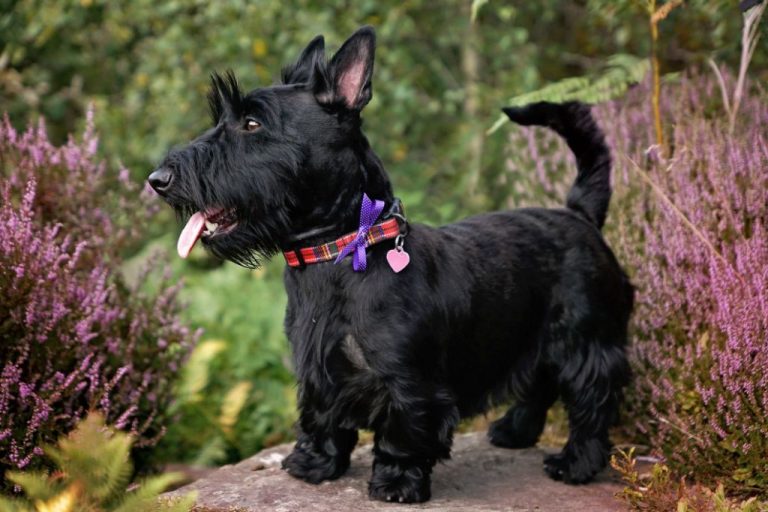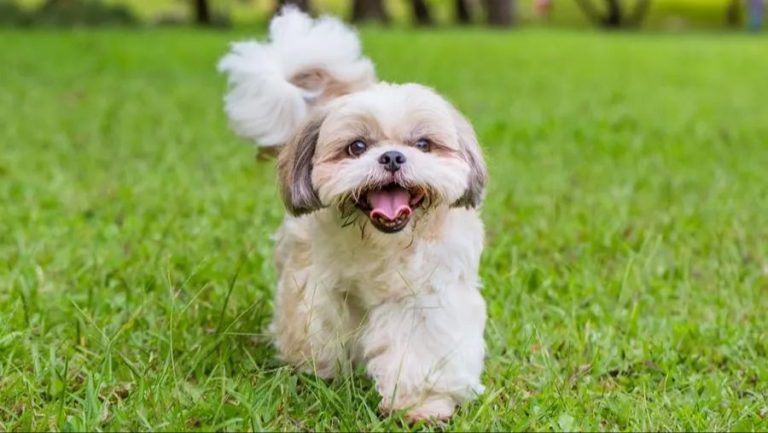Basset Hound: Unraveling The Traits Of This Scent Hound
Basset Hounds originated in France in the 1500s, where they were bred as scent hounds for hunting small game like rabbits and hares. Their short stature and keen sense of smell made them ideal for following ground trails. The name “basset” comes from the French word meaning “low thing” or “dwarf”, referring to their short legs.
Bassets were popular among French nobility and spread across Europe as gifted hunting dogs. In 1863, bassets were first imported to England. British breeders continued developing the breed, establishing breed standards like color markings and physical features. Bassets grew popular as family pets among the middle class due to their mild temperament and laidback nature. Basset Hound History
The first bassets came to America in the late 1800s as gifts to President Franklin Roosevelt. American breeders began establishing their own bloodlines. The American Kennel Club recognized the breed in 1935. Today, bassets remain one of the most popular scent hounds in both Europe and North America thanks to their amiable personality and hunting abilities.
Physical Traits
The Basset Hound is a short-legged breed of dog of the hound family. Their compact size with relatively heavy bone structure and short, crooked legs allows them to follow close to the ground for tracking.1 Basset Hounds typically stand 12-15 inches tall and weigh 40 to 65 pounds.
Bassets have a smooth short-haired coat that sheds moderately. Coat colors can include black, tan, white, red, and brown in a variety of patterns. Their hanging ears and loose skin aid their ability to pick up scents close to the ground.
Other notable physical traits include a domed skull, droopy eyes, and a long tail carried high with a curve. Their facial wrinkles and sad expressions are part of their charm and appeal.
Temperament
Basset hounds are known for their friendly, patient, loyal, and affectionate temperaments. They are easygoing companion dogs that get along well with children, other dogs, and strangers. Bassets are pack dogs and prefer to be around people; if left alone for long periods they can become destructive.
The typical basset temperament is often described as “placid.” They are laidback, gentle, and tolerant. Bassets usually do not bark excessively. While stubbornness is part of the breed’s nature, they respond well to positive reinforcement training with food rewards, though housetraining can be challenging.
The loyal basset aims to please their family. They will follow their favorite person from room to room. Bassets shower their loved ones with affection and make devoted companions.
Health Issues
Like many large breed dogs, Basset Hounds are prone to certain health problems. Some of the most common include:
Intervertebral disc disease: This spinal condition occurs when the discs between the vertebrae in the spine rupture or herniate. It can cause severe back pain, neurological issues, and paralysis. According to AnimalWised, around 20% of Basset Hounds may be affected.
Elbow dysplasia: This condition arises when the elbow joint doesn’t fit together perfectly. It leads to painful arthritis. The PDSA states it is one of the most common health issues seen in the breed.
Glaucoma: Basset Hounds have very large, prominent eyes making them prone to glaucoma. This ocular condition leads to a painful buildup of pressure in the eye and can cause blindness if left untreated.
Exercise & Activity Levels
While Basset Hounds are not an overly active breed, they still require a moderate amount of exercise daily. Their exercise needs should be met through multiple short walks per day rather than one long, strenuous walk. According to iHeartDogs, Basset Hounds typically need 30-60 minutes of exercise split into 2-3 sessions per day.
It’s important not to over-exercise a Basset Hound, especially in hot weather. Their short legs make it difficult for them to regulate their body temperature. Overheating can become an issue quickly during strenuous exercise. Keep walks short and bring water to allow for breaks in the shade.
In addition to walks, Basset Hounds enjoy having a safely fenced yard to explore and sniff. Short play sessions like fetching can also fulfill their exercise needs. Overall, Basset Hounds have moderate exercise requirements best met through multiple shorter, lower impact activities.
Grooming & Care
Basset Hounds have minimal grooming needs thanks to their short, dense coat. Their coat sheds moderately, so weekly brushing is recommended to remove loose hair and distribute skin oils. Using a rubber grooming mitt or bristle brush is ideal. Avoid wire brushes, which can scratch the skin.
Trim nails as needed, usually every 1-2 weeks. Long nails can catch on fabric and tear. It’s best to start trimming nails regularly as a puppy so they get used to the routine. Use dog-safe nail clippers and trim only the clear portion, being careful not to hit the quick, which will bleed and be painful.
Basset ears are prone to infection, so they require weekly checking and cleaning. Gently wipe inside the ears with a cotton ball soaked in a veterinarian-approved cleanser to remove dirt, debris and wax buildup. Never insert anything into the ear canal.

Brushing teeth weekly helps prevent tartar buildup and periodontal disease. Use a toothbrush and toothpaste formulated for dogs.
Schedule annual veterinarian checkups for vaccinations and wellness exams. Blood, urine and fecal testing helps diagnose any internal issues early. Senior Bassets may need biannual vet visits for health monitoring.
Training
Basset hounds can be stubborn and challenging to train, but with the right approach, they can become well-behaved companions. Positive reinforcement is key when training a basset hound. This means rewarding desired behaviors with treats, praise, or play. Avoid punishment, as it will only teach your basset to be fearful. Establish a routine and use the same commands consistently. Have short, fun daily training sessions to hold their interest. Potty training requires immense patience since bassets can take 6-12 months to be fully housebroken. Crate training assists with this process. Socialization from an early age is also important for minimizing their boundless hound energy. Though challenging, bassets respond best to firm, fair training with lots of encouragement and positivity. With time and consistency, even the most stubborn basset can learn good manners.
Sources:
Basset Hound Obedience Training Tips For Dummies
How to Train a Basset Hound: 7 Expert Tips
Feeding & Diet
Basset Hounds do well on high-quality dry dog food formulated for medium breeds. Feed 1-2 cups divided into two meals per day, and monitor your Basset for weight gain. Adjust amounts as needed to maintain an ideal weight.
Due to their tendency towards obesity, limit treats and avoid free-feeding. Track how much you feed daily and account for all snacks and treats in your Basset’s daily calorie intake.
Select a dog food designed for less active breeds to avoid excess calories. Look for a complete and balanced formula with quality protein, healthy fats, and natural sources of carbohydrates like brown rice and barley.
Some ingredients to avoid include artificial preservatives, fillers like corn and wheat, and by-products. Stick to whole food ingredients you recognize to support your Basset’s overall health and wellbeing.
As Pets
Basset Hounds make excellent pets for families. They are known for being extremely affectionate, loyal, and devoted companions. Their sweet, gentle temperament makes them wonderful with kids of all ages as well as other pets like cats and dogs. Basset Hounds form strong bonds with their families and thrive when included in daily activities.
One of the top reasons people choose Basset Hounds as pets is their lovable personality. They are happy-go-lucky dogs that want nothing more than to be close to their people. Basset Hounds soak up love and attention from their families. They will constantly seek out petting, belly rubs, and time in your lap. Their affectionate nature makes them ideal for households with kids. They are patient, tolerant, and very playful with children.
Basset Hounds also tend to get along well with other pets when properly socialized. They are pack dogs by nature and don’t mind canine or feline companions. However, some Basset Hounds will be inclined to chase smaller pets. With training and exposure from a young age, they can coexist peacefully with other animals.
One thing to note is that Basset Hounds are moderate barkers. They will alert bark when someone approaches or if something is amiss. However, they are not excessive barkers. With training, you can curb unnecessary vocalization.
Breeders & Rescue
When looking to add a basset hound to your family, you have the option of purchasing from a breeder or adopting through a rescue organization. There are a few tips to keep in mind when exploring these options:
If going through a breeder, be sure to find one that is reputable and responsible. Look for breeders that health test their dogs, offer a health guarantee on puppies, and breed selectively for health and temperament. Responsible breeders will welcome questions, allow you to meet the puppy’s parents, and provide ongoing support. Be wary of breeders who have multiple litters available or seem focused on profit over the welfare of their dogs. Rescue Directory, Basset Hound Rescue States A-K
Adopting a rescue basset brings joy while saving a life. Rescues often have adult and senior bassets needing homes, not just puppies. Ask about the dog’s personality and needs to ensure a good match. Be prepared that rescues may home check, ask for vet references, or require post-adoption support. Check rescues like Basset Hound Rescue and Adoption to find your new best friend.
Take time to research breeders and rescues in your area. Be wary of “too good to be true” situations that may indicate irresponsible practices. Patience and due diligence will help you find a happy, healthy basset hound through reputable channels.






